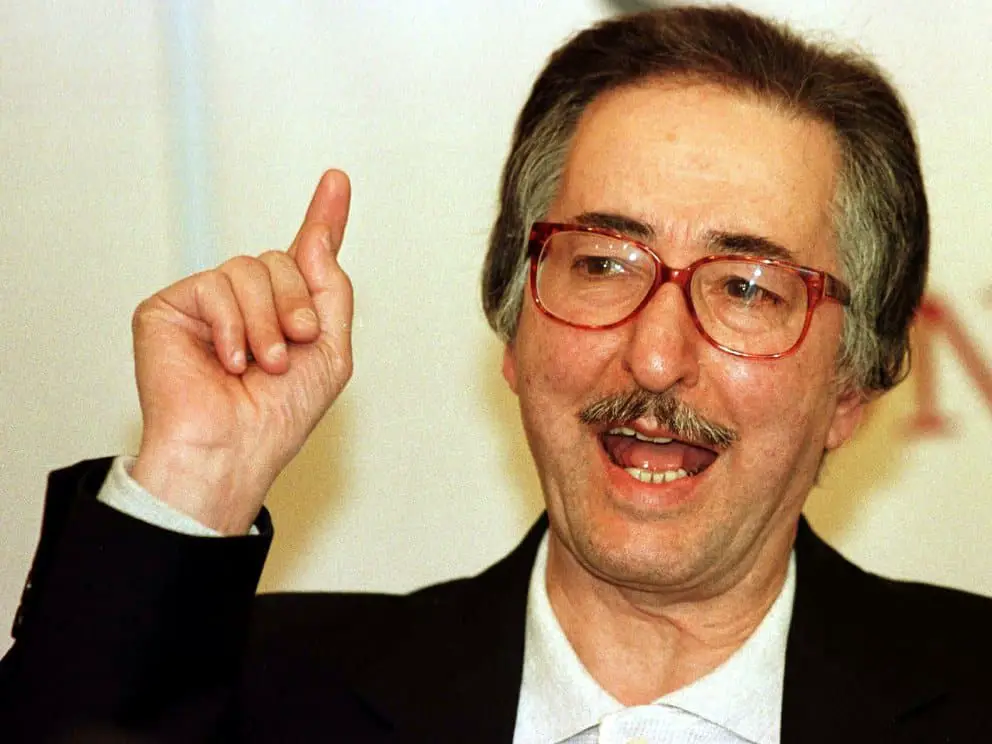Abolhassan Bani-Sadr has passed away after a long illness. He was the first Iranian president after the Islamic revolution of 1979.
The 88-year-old death of Abolhassan Banisadr, the first president of the Islamic Republic of Iran, put an end Saturday in Paris to four decades of exile and fighting against what, in his opinion, represented a deviation from the revolution that overthrew the Pahlevi monarchy in 1979. Who had become the first president of the Islamic system in February 1980, was removed from office on June 22, 1981, after the order of the Grand Ayatollah ratifying his incompetence, approved a day earlier by a Parliament dominated by ultras that They accused of taking positions against the interests of the country, of mismanagement, especially in the face of the Iraqi invasion, and of allying with the anti-revolutionary forces in reference to the Organization of the People’s Mujahideen of Iran (the MKO). These allegations were always denied by Banisadr, who described his removal from office as a coup against a legitimate government.
Banisadr was born in one of the towns in Hamedan province, western Iran. He was the son of Ayatollah Nasrolah Banisadr, one of the influential Shiite clerics in his home province and one of Ayatollah Khomeini’s friends. He studied Islamic Economics and Law at the University of Tehran and with the help of Ehsanolah Naraghi, his professor and president of the Institute for Sociological Studies and Research, sponsored by Farah Pahleví, he obtained the scholarship to continue his studies at the Sorbonne. Banisadr began his political life at the University of Tehran Law School as a student representative in the Congress of the National Front, a secular, nationalist, and democratic political organization.
When he was studying in France he became one of the student leaders against the Pahlevi Monarchy. During Ayatollah Khomeini’s stay in Paris in 1978, Banisadr approached the Ayatollah and became one of his advisers. When Ayatollah Khomeini returned to Iran on February 1, 1980, he was already in the circle of trust of the leader of the Islamic Revolution and was a member of the Council of the Revolution, but the first sign of his disagreements with the hard-line appeared after the seizure of the US Embassy in Tehran by a group of students who called themselves “the student followers of the line of the Imam [Khomeini]” since Banisadr rejected their actions considering them against the interests of Iran.
After the resignation of Mehdi Bazargán, prime minister of the interim government, Abolhassan Banisadr presented his candidacy for the presidential elections and with 11 million votes he became the first president of the Islamic Republic. Although Ayatollah Khomeini also appointed him Head of the Council of the Revolution and Commander-in-Chief of the Armed Forces, he never had much room for maneuver since he had many differences with the Prime Minister, Mohammad Alí Rayaí, imposed by the Party of the Islamic Republic, in appointing ministers, what Banisadr called “a state within a state.”
He insisted on the role of the regular army on the war fronts, while the Party distrusted an army inherited from the monarchy and demanded that the president leave the initiative of the war in the hands of the heads of the Revolutionary Guard. In the end, the Islamic Republic party that held the majority of seats in Parliament removed him from office. Followers of the MKO, their main ally, organized demonstrations and riots that were suppressed and the first president of the fledgling Islamic Republic was forced into exile in France.
Banisadr and Rajaví formed the National Resistance Council in France, but the former president split from this council when the MKO moved its headquarters to Iraq and supported Saddam Hussein in his war against Iran. During the trial in Germany for the killings of Kurdish opponents at the Berlin restaurant Mykonos in September 1992, Banisadr testified against the Islamic Republic and accused senior Iranian officials of being behind the killings.
During the last years of his life, Banisadr lived in Paris under police protection and according to a statement posted on his website “he died after a long period of fighting the disease.”

